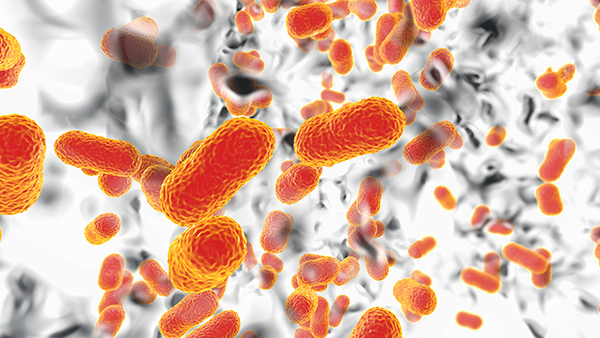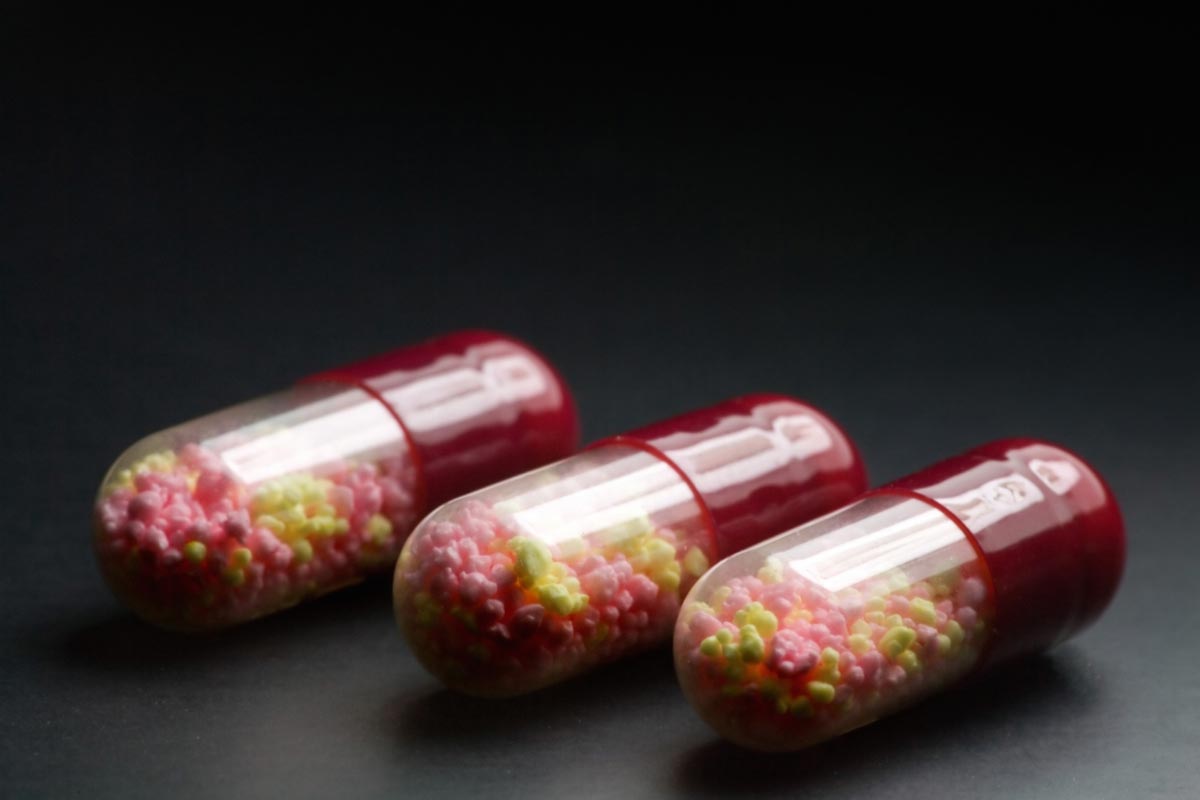
During the covid-19 insanity, coordinated terror campaigns drove people into states of isolation, paranoia, hypochondria, and germaphobia. Disinfectant sprays, hand sanitizers, antimicrobial gels, and baby wipes gave people a false sense of control over microbial life. Many people still depend on these products to feel safe.
Mass hysteria led to widespread use of disinfectants that contain quaternary ammonium compounds (or quats for short). Widespread exposure to quats has only polluted the environment with toxic chemicals that exacerbate antimicrobial resistance and various human health problems – notably asthma and infertility. These chemical compounds are also linked to dermatitis, inflammation, and birth defects and can disrupt metabolic function such as lipid homeostasis and impair estrogen levels and mitochondrial function.
Toxic quaternary compounds are now pervasive in public settings, harming human health
“It’s ironic that the chemicals we’re deploying in vain for one health crisis are actually fueling another,” said Erica Hartmann, a co-author of a new study that examines the effects of disinfectants on human health.
When used as a disinfectant, quats inactivate various microorganisms, but only in controlled laboratory settings. There is no evidence to suggest that the chemicals reduce transmission of infectious disease in real world settings.
“Drastically reducing many uses of QACs won’t spread COVID-19,” Carol Kwiatkowski, a co-author and scientist at the Green Science Policy Institute, said in a statement. She continued: “In fact, it will make our homes, classrooms, offices, and other shared spaces healthier.”
Products that contain quaternary compounds include “ammonium chloride” on the label. Some of the most common include benzalkonium chloride, cetalkonium chloride, alkyl-tri-methyl ammonium chlorides, and di-decyl-di-methyl ammonium. Quats are found in a variety of products, from cleaning products, to hand sanitizers, air fresheners, mouthwashes, eye drops, hair conditioners, fabric softeners, personal care products, disinfectant wipes, and various pesticides and polymers.
Quats are used as antimicrobials, but they actually encourage super bugs
Quats are used as antimicrobials, surfactants, preservatives, dispersants, and anti-static and softening agents. The chemicals bond to surfaces, making them useful as antimicrobials in public spaces. But their use as an antimicrobial is questionable. Quats actually encourage microorganisms to form coatings or spores, so they can survive the chemical attack over the long term. This encourages the formation of super bugs.
“Antimicrobial resistance was already contributing to millions of deaths per year before the pandemic,” Hartmann said. “Overzealous disinfection, especially with products containing [quats], threaten to make it worse.”
Quats get into the blood stream via skin absorption, hand to mouth, and inhalation. Food and water can also be contaminated. “Disinfectant wipes containing [quats] are often used on children’s school desks, hospital exam tables and in homes where they remain on these surfaces and in the air,” said Courtney Carignan, a co-author of the study. Other professions impacted include housekeepers, janitors, dental assistants, nurses, and individuals who prepare food and medical equipment. Teachers and children have seen a large increase in exposure to quats, as classrooms look to the false security of hand sanitizers and disinfectant wipes.
Quats are persistent and are eventually discharged in wastewater, where they go on to pollute aquatic ecosystems. Quats are toxic to freshwater and estuarine/marine algae. Studies also show that quats cause neural tube defects and bring about developmental issues in rodents. These mechanisms of mitochondrial dysfunction and hormone disruption inevitably pose threats to human health. As they are spread through the air and pumped onto children's hands routinely, these chemicals have become a public health threat, all on their own.
Sources include:
Please contact us for more information.

















